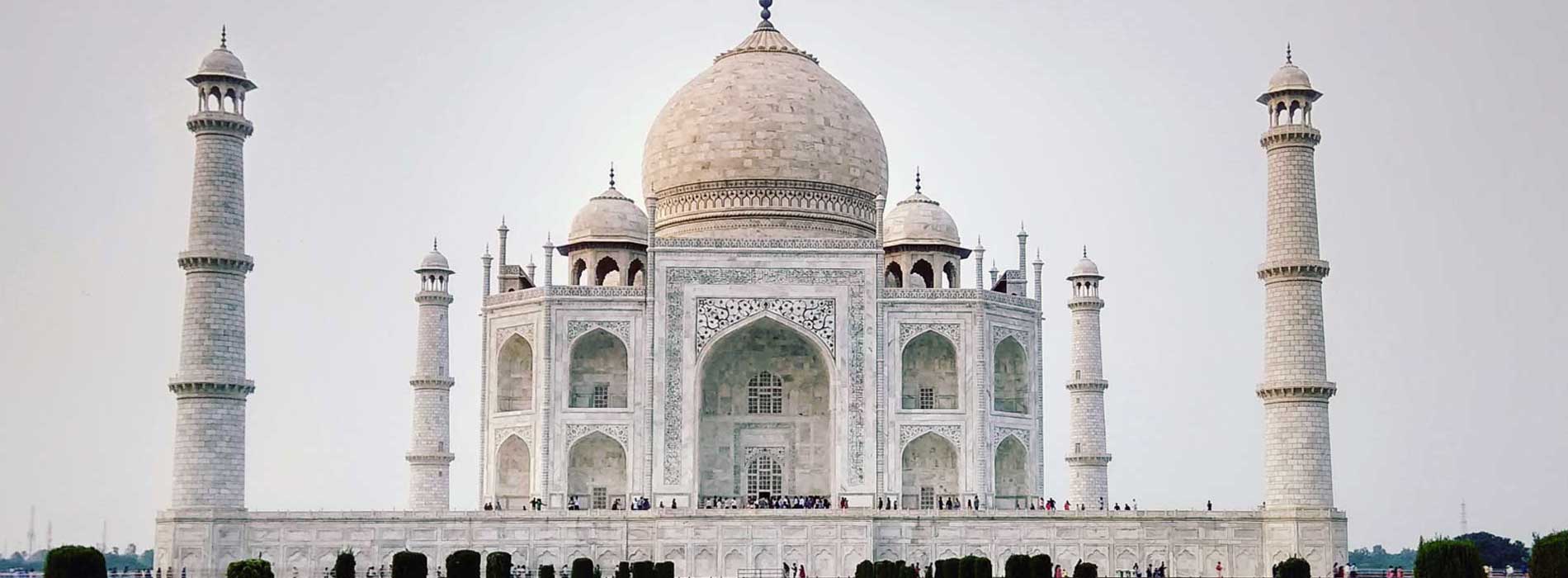

India, officially the Republic of India is a country in South Asia. It is the seventh-largest country by area, the second-most populous country with over 1.2 billion people, and the most populous democracy in the world. Bounded by the Indian Ocean on the south, the Arabian Sea on the south-west, and the Bay of Bengal on the south-east, it shares land borders with Pakistan to the west; China, Nepal, and Bhutan to the north-east; and Burma and Bangladesh to the east. In the Indian Ocean, India is in the vicinity of Sri Lanka and the Maldives; in addition, India’s Andaman and Nicobar Islands share a maritime border with Thailand and Indonesia.
Home to the ancient Indus Valley Civilization and a region of historic trade routes and vast empires, the Indian subcontinent was identified with its commercial and cultural wealth for much of its long history. Four world religions—Hinduism, Buddhism, Jainism, and Sikhism—originated here, whereas Zoroastrianism, Christianity, and Islam arrived in the 1st millennium CE and also helped shape the region’s diverse culture. Gradually annexed by and brought under the administration of the British East India Company from the early 18th century and administered directly by the United Kingdom from the mid-19th century, India became an independent nation in 1947 after a struggle for independence that was marked by non-violent resistance led by Mahatma Gandhi.
The Indian economy is the world’s tenth-largest by nominal GDP and third-largest by purchasing power parity (PPP). Following market-based economic reforms in 1991, India became one of the fastest-growing major economies; it is considered a newly industrialized country. However, it continues to face the challenges of poverty, illiteracy, corruption, malnutrition, and inadequate public healthcare. A nuclear weapons state and a regional power, it has the third-largest standing army in the world and ranks ninth in military expenditure among nations. India is a federal constitutional republic governed under a parliamentary system consisting of 28 states and 7 union territories. India is a pluralistic, multilingual, and multiethnic society. It is also home to a diversity of wildlife in a variety of protected habitats.
Two of the most enduring images of India are undoubtedly the magnificent Taj Mahal at Agra and the incredible bathing ghats of the Ganges at Varanasi. From timeless Moghul architecture to religious rituals, this short tour will introduce you to some of the contrasts making India such a remarkable destination.
Day 01 Travel from Delhi to Agra. Visit of the magnificent Taj Mahal
Day 02 Excursion to Fatehpur Sikri, the abandoned Moghul capital
In the evening board on the sleeping train to Varanasi.
Day 03 Arrival in Varanasi and transfer to hotel. Rest of the day at leisure
Day 04 Early in the morning boat trip on the Ganges. Afternoon city tour and an excursion to Sarnath
Day 05 A free day to explore Varanasi, one of the most important pilgrimages sites in India
Board sleeping train to Delhi.
Day 06 Arrival in Delhi and transfer for departure
Fill up the form below to tell us what you're looking for

